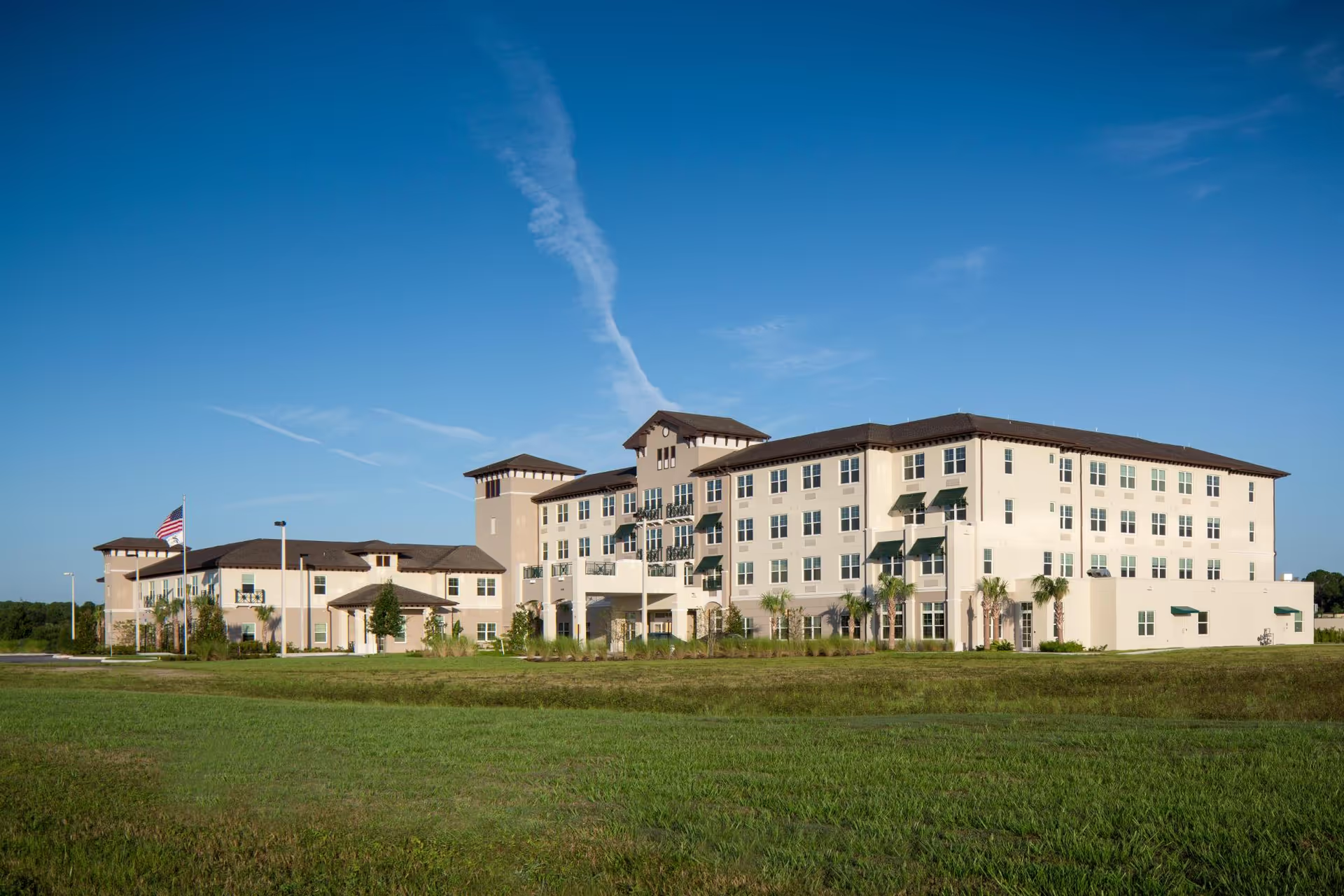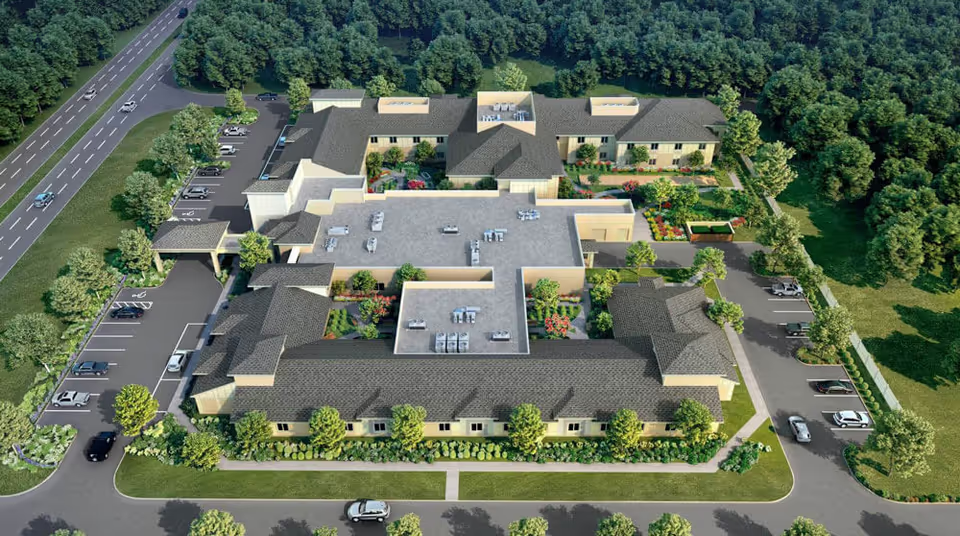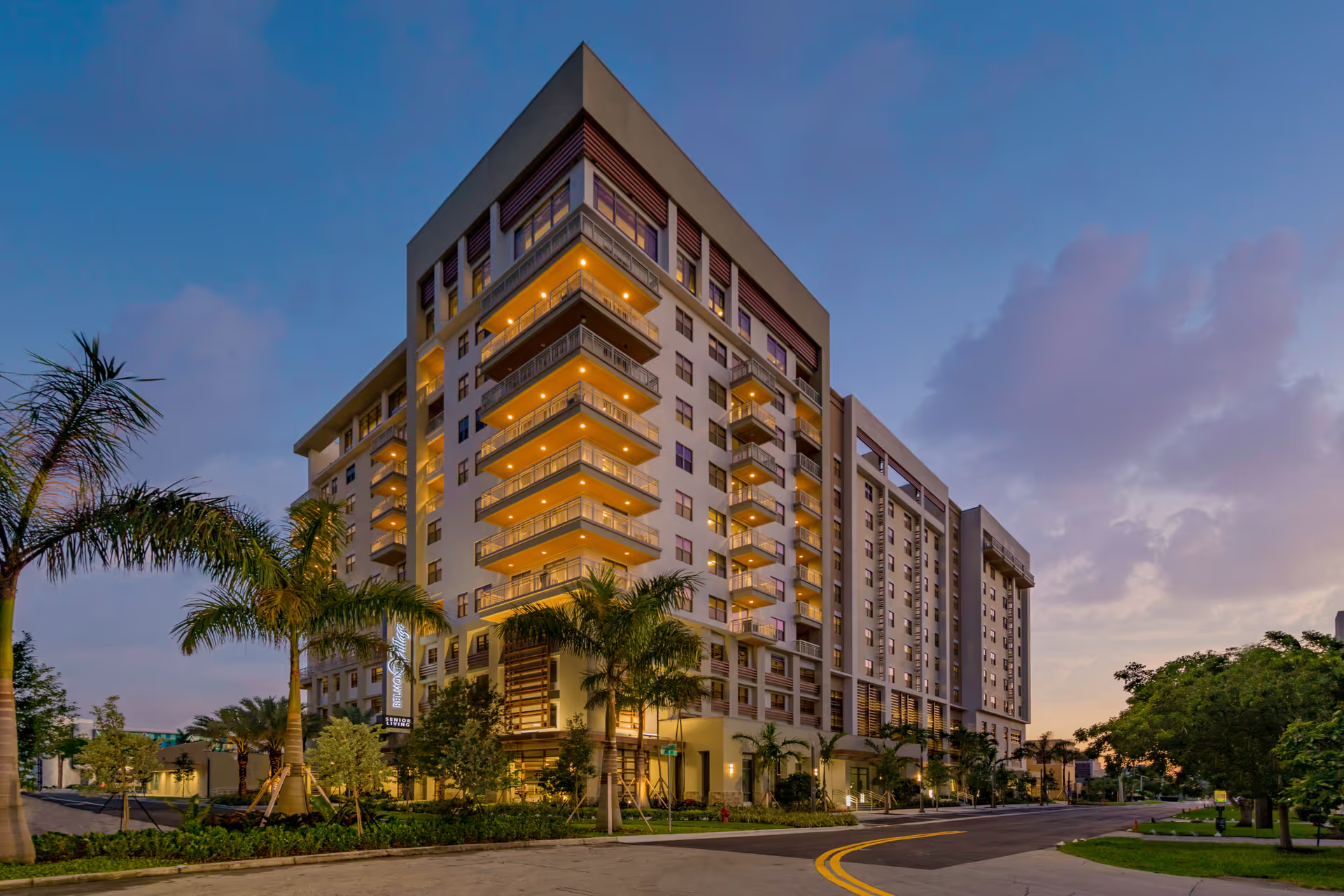Overall sentiment across the reviews is mixed and somewhat polarized. Several reviewers describe Hawthorne Center for Rehabilitation of Brandon as a strong rehab-focused facility that achieves measurable mobility progress, with many praising therapy services and describing the environment as family-oriented. At the same time, there are multiple reports of serious shortcomings in baseline nursing care, medication administration, and staffing that have led to strong negative impressions for a number of families. The net picture is a facility that can provide excellent targeted rehabilitation and compassionate care in many respects, but whose performance appears inconsistent across shifts, units, or time periods.
Care quality and clinical concerns: A common positive theme is that therapy is effective — reviewers mention daily mobility progress and good rehabilitation outcomes. Conversely, there are repeated and significant clinical concerns: reports that medications were not given, instances where no nurse was present, residents left in bed, and long waits for help. Several reviews describe care neglect and characterize the experience as alarming. These issues suggest variability in basic nursing care and safety practices that counterbalance the facility’s rehab successes.
Staffing and staff behavior: Staff comments are similarly mixed but specific. Many reviewers praise aides, LPNs, and RNs as kind, attentive, and efficient; some families felt well cared-for and appreciated proactive communication and regular administrator visits. Others report that the facility is short-staffed, that staff were inattentive or uncaring, and that there were times with no visible nurse coverage. Long waits for assistance were noted. This pattern points to capable staff delivering good care when present and adequately staffed, but chronic staffing shortages or uneven coverage appear to produce lapses that materially affect resident experience.
Facilities and availability: Multiple reviews describe the building as older and not modern. Another operational concern is limited availability — a long waitlist for long-term beds was specifically mentioned. These factors can affect both family expectations and access: some families may find the physical environment dated, and those seeking admission should be aware of wait times.
Dining and meals: Dining impressions vary considerably. Positive comments highlight good meals and a willingness by staff to customize food to resident preferences. However, other reviewers reported poor dining experiences, including cold meal trays, unsatisfactory food quality, and general dissatisfaction in some cases. The contrast indicates inconsistency in meal delivery and quality between shifts or units.
Activities and ancillary services: Activities are generally available and at least one review calls out the activity director as doing a great job. This is a relative strength for residents’ quality of life and social engagement.
Hospice and end-of-life care: The facility has on-site hospice services and some families highly recommended this aspect of care. Nonetheless, at least one review said hospice could have been more attentive, indicating variability in hospice responsiveness or coordination.
Communication and management: Communication was described positively by some families — proactive outreach and administrator involvement were appreciated. Other reviewers reported communication problems, leaving families feeling uninformed or frustrated. This inconsistency in communication likely mirrors the broader pattern of uneven performance and suggests that management presence and processes vary.
Notable patterns and takeaways: The reviews collectively paint a picture of a facility that excels in rehabilitation and has many compassionate, capable caregivers, but also suffers from intermittent and sometimes serious lapses in nursing care, medication administration, meal service, and staffing. Experiences appear highly variable: some families are effusive in their praise and would highly recommend the center, while others had deeply negative experiences and strong fears about nursing home care. Prospective residents and families should weigh the facility’s strong rehabilitation program, activity offerings, and hospice availability against reports of staffing shortages, inconsistent clinical care, and an older physical plant. For the facility, priorities to address based on these reviews would include stabilizing nursing staffing and coverage, ensuring reliable medication administration and timely assistance, standardizing meal delivery quality, and improving communication consistency to reduce the variability that is driving sharply divergent family experiences.







